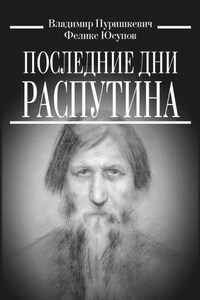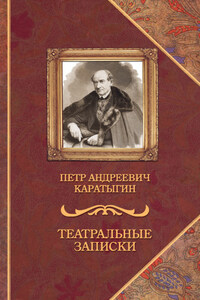Dave Grohl has just slapped me across the face. It’s the early hours of 20 December 2005, and he and I are in a central London rock bar. Neither of us is meant to be here. Grohl is supposed to be in Ireland, resting up before his band Foo Fighters headline Dublin’s 8,000 capacity Point Depot; I had only dropped in to the Crobar for a swift pre-Christmas beer with colleagues. But sometimes, particularly for those of us with Irish blood, nights in bars take on a momentum all their own.
Surprised to see one another, Grohl and I caught up quickly: I had recently become a father and Dave’s wife Jordyn was five months pregnant, so babies and fatherhood dominated the early conversation. Then Grohl brought two trays laden with Jägermeister shots to our table and the evening began to get a little unhinged. Soon enough, all sensible conversation was abandoned. As the Crobar’s excellent jukebox spat the sounds of Metallica, Minor Threat, Venom, Black Flag, Slayer and the Sex Pistols into the night air Grohl and I started doing what men of a certain age do while listening to very loud rock music when very drunk – screaming out lyrics, thrusting clenched fists skywards and headbanging furiously. And it was in the midst of this unedifying frenzy that Dave Grohl asked me to give him a slap in the face, an ancient male bonding ritual that only those conversant in the hesher tradition will truly understand.
‘I can’t do that,’ I protested.
‘Why not?’ he asked.
‘Well, because … because … you’re Dave Grohl,’ I stammered.
‘Okay, I’ll go first then,’ said Grohl.
And with that, Foo Fighters’ grinning frontman unleashed a stinging right hander which almost lifted me off the sticky barroom floor. Out of politeness, then, it seemed only fair to hit him back …
I first met Dave Grohl in November 1997 in London. The afternoon was memorable for all the wrong reasons. I had been commissioned to interview Foo Fighters’ 28-year-old frontman for an end-of-year cover story for Kerrang! magazine, but, travelling back home following the interview, I discovered to my horror that our entire conversation had been wiped from the cassette in my dictaphone. Mortified, I begged Grohl’s long-standing PR man Anton Brookes to schedule another interview. Days later, I spoke with Grohl again backstage at London’s Brixton Academy: he had the manners and good grace not to laugh at my misfortune.
Over the next decade, I would run into the singer fairly regularly – at gigs, in TV studios, on the set of video shoots and in dingy rock clubs across the world; sometimes we would have business to conduct, at other times our contact was limited to the briefest of greetings. Relationships within the music industry are often conducted at such a level.
‘I would consider the two of us to be friends,’ Grohl told me as we had lunch at the Sunset Marquis hotel in West Hollywood in 2009 while conducting a lengthy interview for MOJO magazine. ‘This is the basis of our relationship, this working thing, but let’s go have a fucking beer, you know what I mean? But it would take a long time for you to really know me.’
In the eighteen months it has taken me to write this book, that sentence has entered my head one hundred times. In truth, everyone thinks they know Dave Grohl. In an age where social networking has made Marshall McLuhan’s 1960s vision of a global village a reality, where Twitter and Facebook and Tumblr and Flickr conspire to log and classify every waking moment, Grohl’s public profile has been distilled down to one simple epithet: he is, by common consent, ‘The Nicest Man in Rock’. But in effect this rather meaningless, reductive phrase has allowed the ‘real’ Dave Grohl to remain hidden in plain sight, unknown to all but his closest friends.
Based upon insights drawn from first-hand interviews with Grohl’s friends, peers and associates, and from my conversations with the man himself, this is my attempt to tell Dave Grohl’s story. It is an epic tale, documenting a journey which has taken Grohl from Washington DC’s scuzziest punk rock clubs to the White House and the world’s most imposing stadia. It’s a story which ties together strands from fifty years of rock ’n’ roll history, from Bob Dylan, The Beatles and Led Zeppelin through to Sonic Youth, Queens of the Stone Age and The Prodigy in a singular career, one which speaks volumes about both the evolution of the recording industry and the manner in which music soundtracks our lives. On a more basic level, it’s a story about family and a musical community which continues to inspire, empower and engage.
During the course of writing this book, I spoke to Dave Grohl both on and off-record, and he was kind enough to permit me to visit his family home in California during the making of Foo Fighters’ current album Wasting Light. The last time I talked with Dave was on 3 July 2011, minutes after his band performed in front of 65,000 people for a second consecutive evening at the National Bowl in Milton Keynes, England. That was a special night, a night for celebration, but also one which felt like the beginning of a whole new chapter for this most resolute of musicians. That future is unwritten; this is the story so far.








